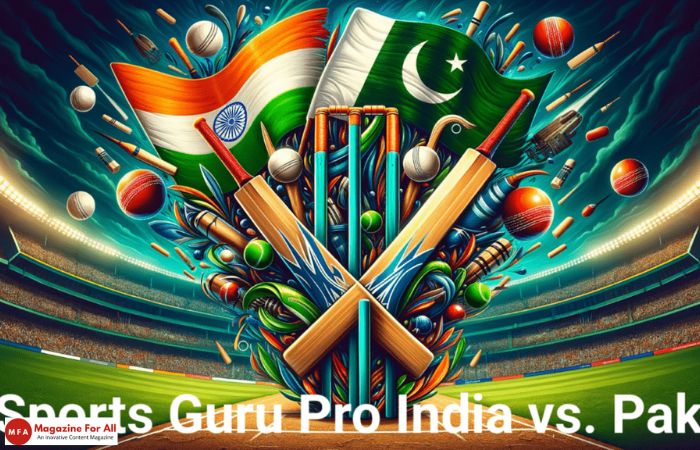The global distilled water market was valued at around USD 354 million in 2022. This shows how water and its purity is a crucial resource for many people’s daily life.
There are several methods for getting clean and safe water. It includes filtration and distillation yet, these two processes differ.
Knowing more about them is best to help us make educated decisions about the drinking water we use.
We will look at the differences between purified vs distilled water. Continue reading to learn about the differences between purified and distilled water.
Table of Contents
Purified Water
It has been purified to remove impurities. The purpose is to generate water that fulfills regulatory organizations’ specified quality criteria. Purification procedures vary, but they often use a mix of filtering, activated carbon adsorption, reverse osmosis, and UV treatment.
Water is filtered through to remove larger particles and sediments during cleansing. It removes organic molecules and pollutants as activated carbon adsorption. The water is exposed to ultraviolet radiation which kills or inactivates bacteria, viruses, and other microbes.
Distilled Water
Distilled water is created through the distillation process. It is a process of boiling water and collecting the vapor as it condenses. It also leaves impurities and pollutants behind.
Distillation simulates the natural water cycle, in which water evaporates, clouds form, and precipitation condenses. Some volatile organic compounds (VOCs) with lower boiling temperatures than water may still exist. You could have distilled water at home to avoid viruses, hazardous pathogenic bacteria, cysts, and parasites.
Comparing Purified and Distilled Water
Purified and distilled water are two forms of treated water that are purified in distinct ways. Both methods for using water differ in some ways.
Mineral Composition
The mineral content of purified and distilled water is one of the primary differences. Water purification may still include certain minerals, albeit in decreased proportions. Distilled water is devoid of minerals since the distillation process removes them from the water.
Purity and Taste
Distilled water has a neutral taste compared to filtered water. It may keep certain mineral qualities. Some people may enjoy the flavor because tastes differ from person to person.
Intended Uses
Purified water is used for drinking, cooking, and other home functions. It is available in bottled form and is recommended for people with special health issues. Distilled water is used where the absence of minerals and impurities is crucial.
Environmental Impact
The manufacture of purified and distilled water has environmental value. Pure water is the most energy-intensive way yet, technological advances have made these processes more energy-efficient in recent years.
Cost Considerations
The cost of distilled and purified water ranges by geography, supply, and manufacturing processes. Purified bottled water is available but more expensive because of the many brands that sell it. Distilled water may be more expensive but accessible.
Understanding the Differences Between Purified vs Distilled Water
Knowing the distinctions between purified vs distilled water is crucial when selecting water. Purified water might be a great option if you like water with a more natural taste and the lowest processing.
Make sure you pick the right water for your health and safety. Make an effort to gather the details to decide which option is best for you.
Did you find this article helpful? Check out the rest of our blog for more!
Related Post: What Are Aspects Tokens of Merit? A Review of the Alternate Reward System








































































